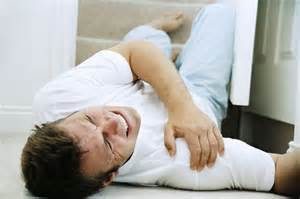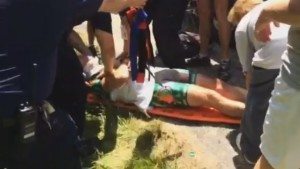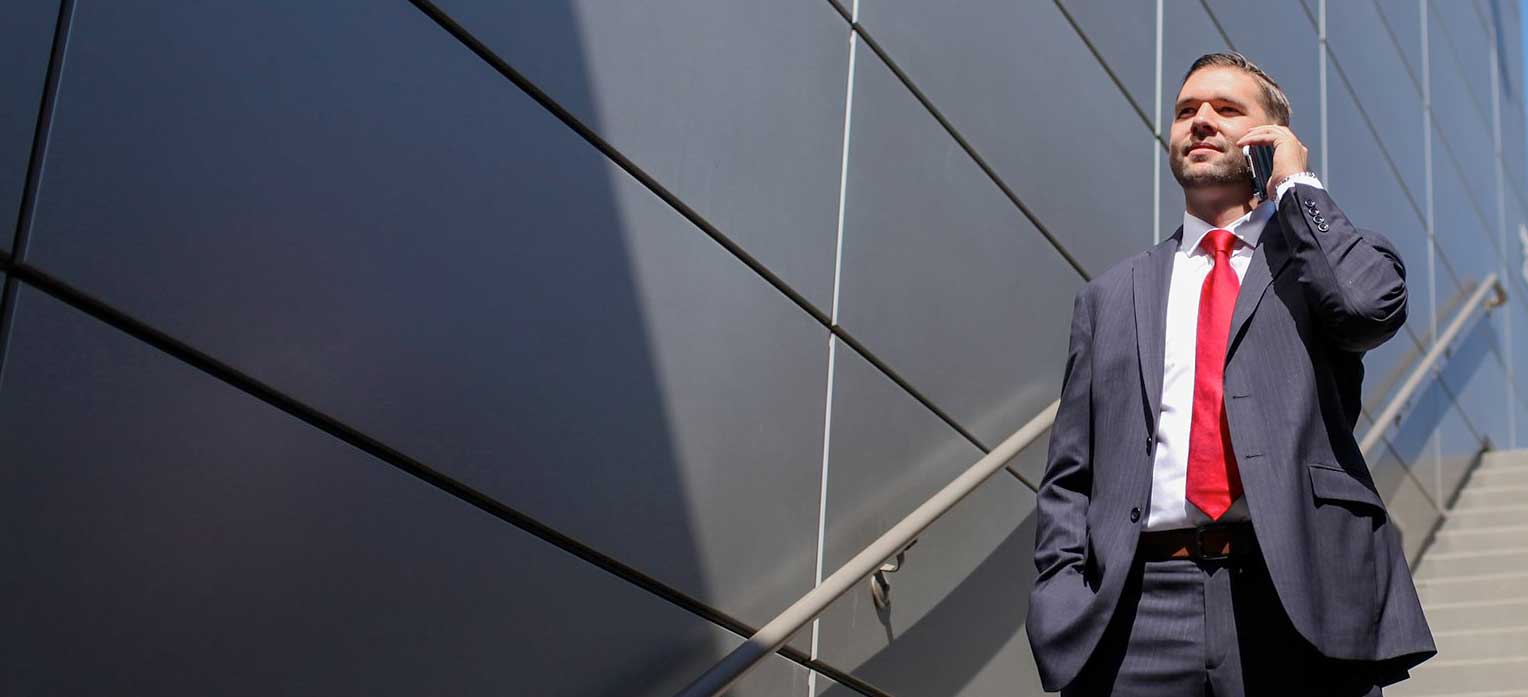Slip and fall accidents are exactly what they sound like: accidental falls which are caused by tripping or slipping on a hazardous condition. Slip and falls are some of the most common types of personal injury claims, but how do they work? How are fault and liability determined? This article covers the basics for plaintiffs.
Premises Liability and Property Hazards
Slip and fall accidents fall into a broader legal category known as premises liability, which itself is just one aspect of personal injury law. Premises liability simply means that the owner of commercial or private property can be held responsible (liable) if someone is injured by an unsafe condition on the property, whether it’s inside the structure or somewhere on its exterior lands or grounds. If the victim’s injuries later prove fatal, the surviving family members may bring a wrongful death action.
However, there are exceptions to liability. For example, a property owner would not be held responsible if someone was injured after intentionally hurling themselves down a perfectly safe and well-maintained flight of stairs. In order for the property owner to be considered liable, they must have been negligent in contributing to the safety hazard which allowed the slip and fall injury to occur in the first place.
This brings up a very good question: what is negligence?
Speaking broadly, negligence means that (1) the defendant was aware of (or had reason to be aware of) an existing or potential hazard, (2) failed to take reasonable measures to correct, repair, or at least cordon off the hazard, and (3) the defendant’s actions – or lack thereof – resulted in serious injury or wrongful death to another person. To put it another way, the plaintiff was harmed or killed because the defendant failed to do something that he or she should have done (or alternately, did something which shouldn’t have been done). All this and more and can be explained by a Philadelphia slip and fall lawyer.

The Components of Negligence in Personal Injury Claims
Let’s use a hypothetical real-world example to further illustrate this concept.
- The defendant had a duty of care to the plaintiff.
- Restaurant owners have a duty to ensure safe conditions for their business invitees, such as vendors and patrons, and other visitors allowed on the premises. That means a duty to perform regular maintenance to keep the property in a reasonably safe condition. (This among meeting other standards, includes complying with municipal regulations).
- The defendant breached (deviated from) his or her duty of care.
- The restaurant owner wanted to cut costs and therefore failed to regularly maintain the premises, eventually resulting in a broken tile in the bathroom.
- The breach of duty caused injury or death to the plaintiff.
- The defendant had a slip and fall accident caused by tripping on uneven flooring, resulting in death or injury.
- Cause is divided into “actual” and “proximate” cause, both of which must be proven. Proximate cause “or legal cause” is more abstract than actual (direct) cause, because it deals with legal concepts like foreseeability of the resulting harm.
- The plaintiff was harmed by the defendant’s breach of duty.
- The defendant broke his or her leg, resulting in costly medical bills and missed time from work during the recovery period.
Of course, each claim must be evaluated on a case-by-case basis. However, this example gives a general idea of the basic components that go into a successful slip and fall claim.

Common Causes of Slip and Fall Accidents
Many personal injury claims involve accidents which only directly affect a certain demographic. For example, only patients can be directly harmed by medical malpractice, only elderly persons can be directly harmed by nursing home abuse, and only SEPTA riders can be directly harmed by SEPTA accidents. Slip and fall accidents are far more common, simply because they can harm anyone, anywhere, at any time, as a trip and fall lawyer in Philadelphia, PA can explain.
That being said, there are some common issues which tend to contribute to slip and fall accidents. Many of these issues pertain to negligent property maintenance, as we discussed in the previous sections. Some common causes of accidental falls include:
- Loose carpeting or wiring, which can easily become a trip hazard.
- This is especially true of office buildings, due to the high concentration of computers and power cords.
- Inadequate lighting.
- Poor visibility can lead to a slip and fall even if the floor itself is well-maintained.
- Broken, cracked, loose, or wobbly tiles and floorboards, which can easily catch on a person’s shoes or shift unexpectedly when weight is applied.
- Likewise, defective handrails and banisters can cause slip and falls by collapsing when an unknowing victim leans his or her weight on the rail for support.
- Leaks, wet patches, and freshly waxed floors.
- Wet spots and floors which have been recently waxed should be indicated by caution signs.
It’s also important to note that, while accidental falls can affect anyone, certain demographics tend to be exceptionally vulnerable. For example, seniors are at an elevated risk of injury due to decreased bone density, poor vision, difficulty balancing, and slow reaction time (e.g. bracing against the fall).
If you were hurt on someone else’s property in Pennsylvania or New Jersey, a slip and fall lawyer in Philadelphia, PA Brent Wieand may be able to help you get compensated for your pain, suffering, and financial losses. To set up a free and confidential consultation with Brent, call 1(888) 789-3161 today.
